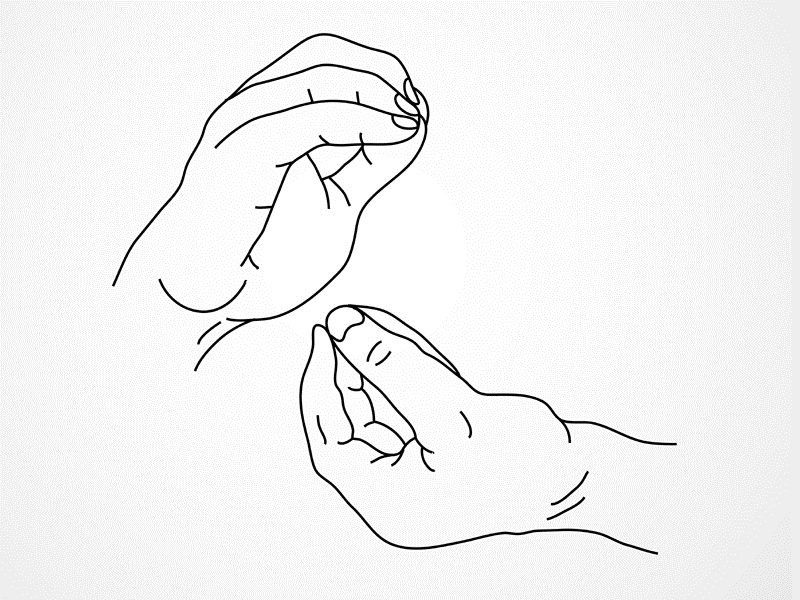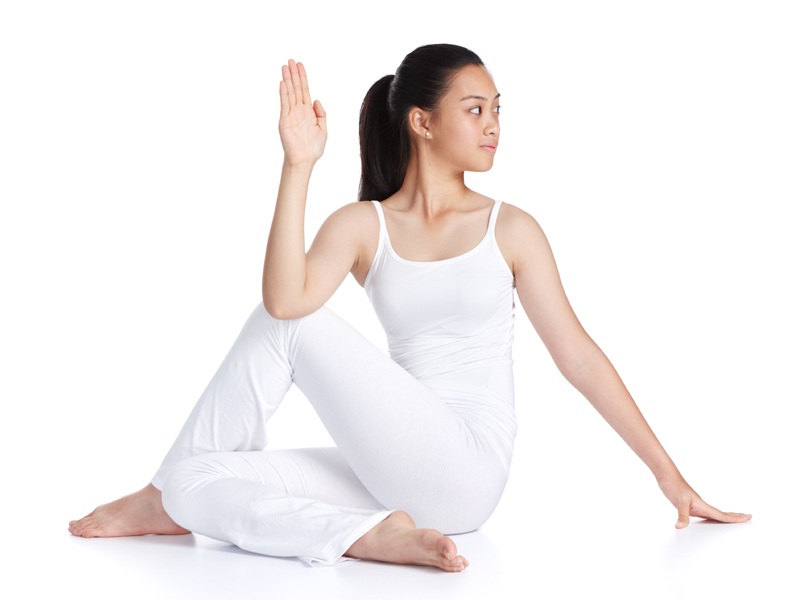Ashtanga Yoga Poses and Benefits
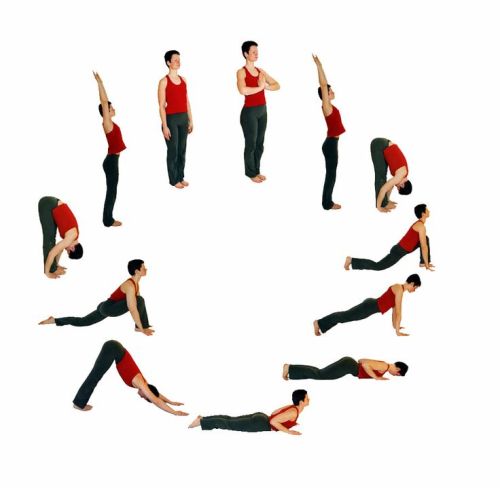
The Surya Namaskar in case of Ashtanga Yoga has two parts – Surya Namaskar A and Surya Namaskar B.
Surya Namaskar A comprises of 10 steps and is very easy to do. This is the first step in Ashtanga yoga. They are:
- Tadasana
- Urdhva Hastasana
- Uttanasana
- Flat Back
- Chaturanga Dandasana
- Urdhva Mukha Svanasana
- Adho Mukha Svanasana
- Uttanasana
- Urdhva Hastasana
- Tadasana
Surya Namaskar B comprises of 10 dynamic and challenging poses, as compared to the previous one.
- Tadasana
- Utkatasana
- Uttanasana
- Flat Back
- Chaturanga Dandasana
- Urdhav Mukha Svanasana
- Adho Mukha Svanasana
- Virabhdrasana – 1
- Chaturanga Dandasana
- Urdhva Mukha Svanasana
Second Series – Fundamental Asanas (standing positions):
There are six fundamental poses that need to be followed up by Surya Namaskar. The asanas performed under this series are listed below:
- Padangustha
- Padahastasana
- Utthita Trikonasana
- Utthita Parsvakonasana
- Prasarita Padottanasana
- Parsvottanasana
Third Series – Primary (yoga chikitsa):
This is considered the most demanding part of the Ashtanga yoga. This is usually very challenging and tough. This is the first to learn as a beginner.
[Read: How to Practice Kriya Yoga Correctly]
Fourth Series –Intermediate (nadi shodana):
This series takes the person from the basic physical level to a far more energetic level.
Fifth Series – Advanced (sthira bhaga):
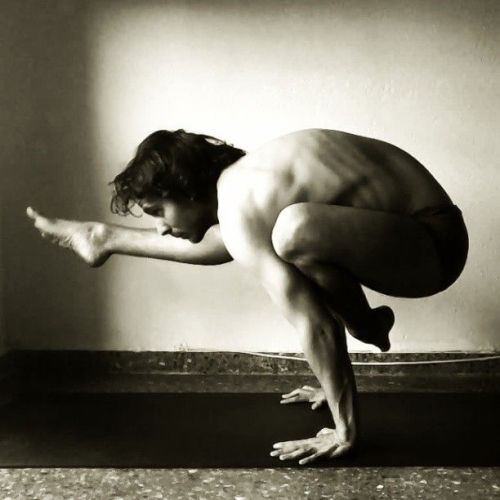
The advanced series is divided into two series, i.e., Sthira Bhaga A and Sthira Bhaga B. Sthira Bhaga A comprises of asanas that defies gravity, while Sthira Bhaga B takes you to a much more advanced level.
Sixth Series – Finishing positions:
The finishing positions are mostly done to harmonise the energy of an individual.
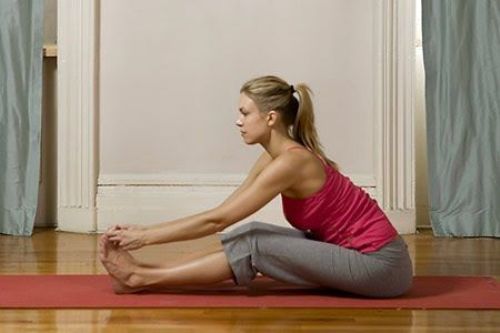
The asanas are usually very easy to do. But the hard part comes in following the order of the sequence of the asanas. In Ashtanaga yoga, breath, dirshti and bandhas are highly essential. If you forget a particular part of the sequence, then you would have to stop, and begin right from the beginning. Hence it is best to perform it under a trainer.


















